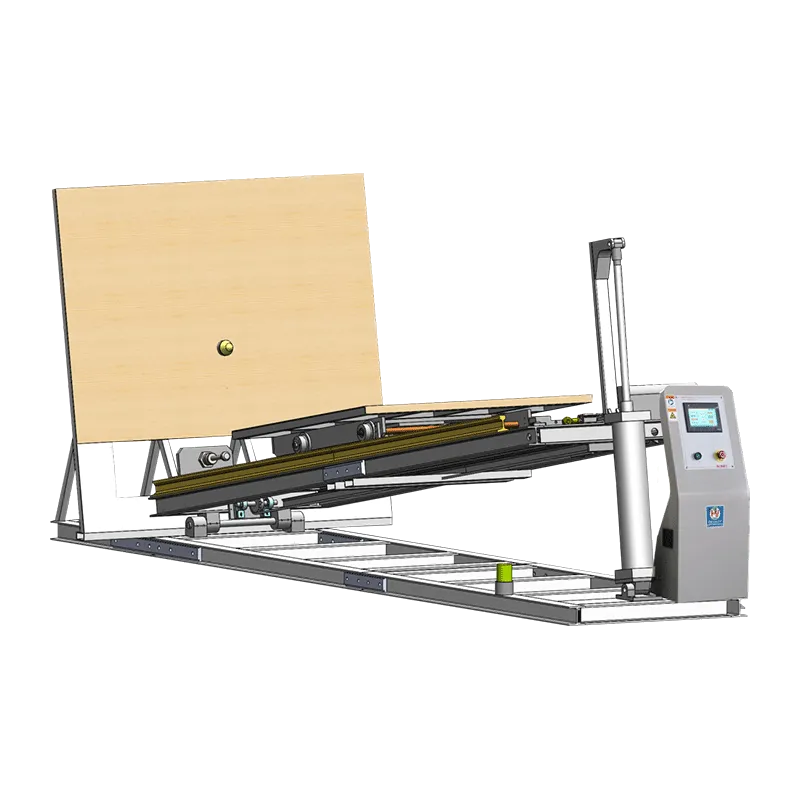
In industries ranging from logistics to consumer electronics, ensuring packaging and product durability against impacts during transportation is critical. A user-friendly incline impact tester has become a cornerstone tool for simulating real-world shocks and drops, enabling manufacturers to identify vulnerabilities in prototypes or final designs. Unlike traditional testing equipment, which often requires specialized training, modern user-friendly incline impact testers prioritize intuitive operation. For instance, touchscreen interfaces and pre-programmed test profiles could allow even novice operators to initiate complex simulations, such as replicating the forces experienced by a package tumbling down a conveyor belt.
Recent discussions on platforms like Reddit highlight the growing demand for accessible testing solutions. Engineers and quality assurance teams praise devices that balance technical precision with ease of use. One user noted that a user-friendly incline impact tester reduced setup time by 30% compared to older models, thanks to automated angle adjustments and real-time data visualization. Such features may streamline workflows in industries like e-commerce, where rapid product turnover demands efficient testing protocols.
The adaptability of these systems further enhances their appeal. Modular designs could accommodate various product sizes and weights, from fragile electronics to heavy industrial components. Advanced sensors might measure impact forces with high accuracy, while adjustable incline angles (e.g., 10° to 60°) simulate different drop scenarios. This versatility aligns with standards like ASTM D5276 and ISTA 3A, which govern packaging integrity testing. By integrating compliance-ready templates, a user-friendly incline impact tester minimizes the risk of human error during certification processes.
Beyond technical capabilities, these testers address broader operational challenges. Small and medium-sized enterprises (SMEs), for example, could benefit from cost-effective models that eliminate the need for dedicated testing labs. Similarly, educational institutions might use simplified versions to train students in quality assurance principles. Social media feedback suggests that companies value testers offering clear, jargon-free reports—features that facilitate communication between technical teams and non-specialist stakeholders.
In conclusion, a user-friendly incline impact tester bridges the gap between rigorous testing requirements and practical usability. By combining precision with accessibility, these systems empower businesses to enhance product resilience, reduce returns due to damage, and meet evolving consumer expectations for robust packaging—all without compromising efficiency or ease of implementation.
If you are interested in our products and want to discuss a purchase, please contact us.

